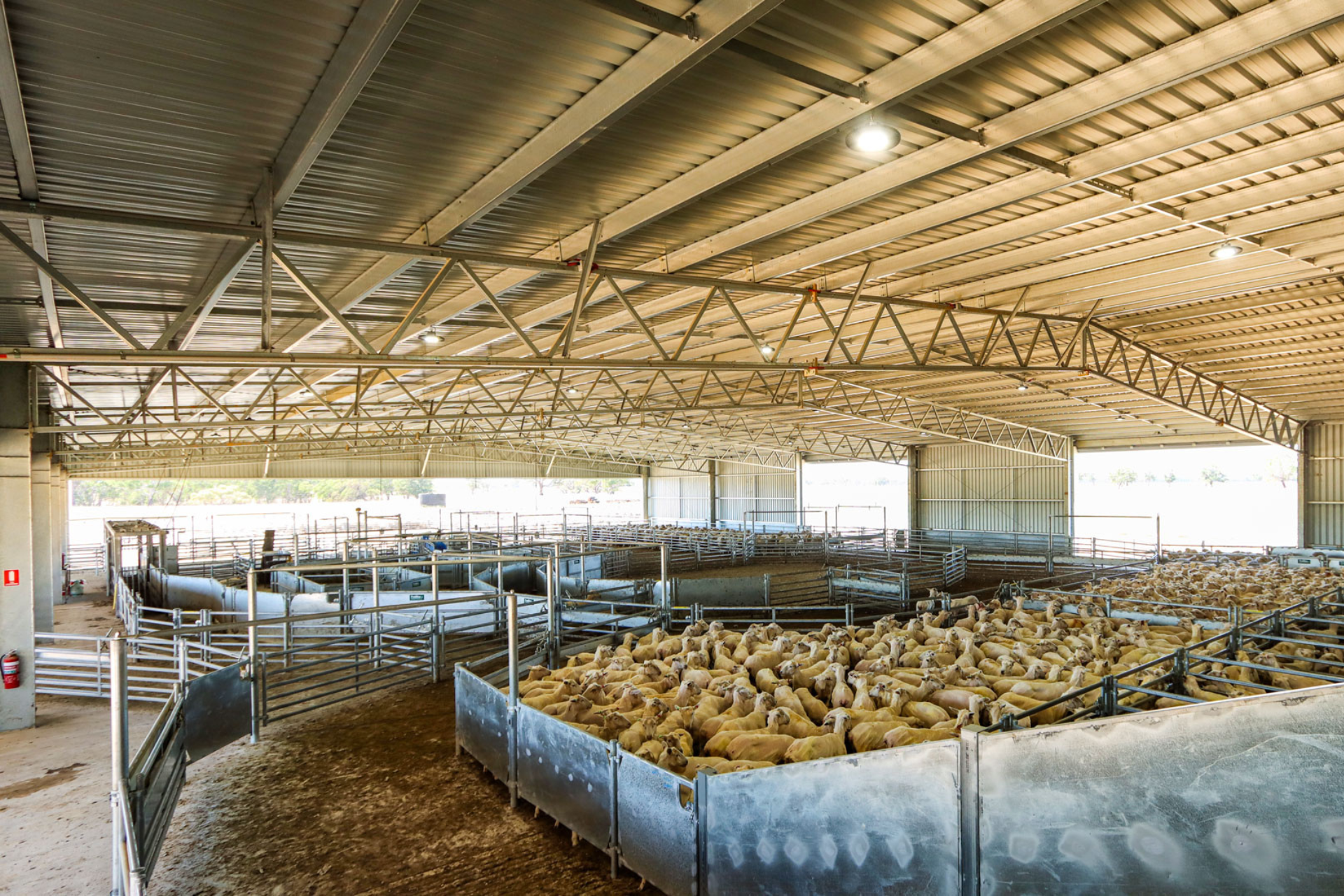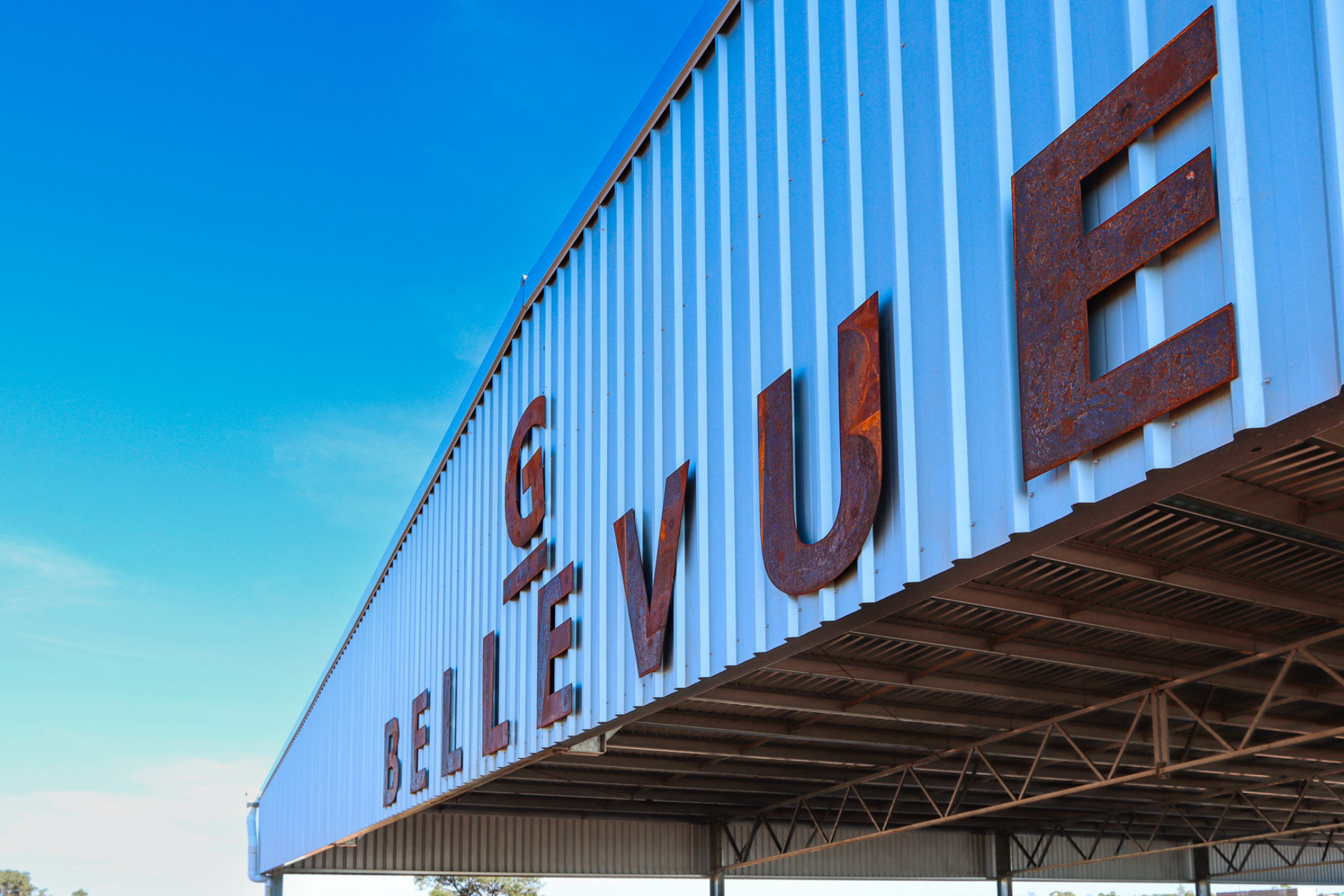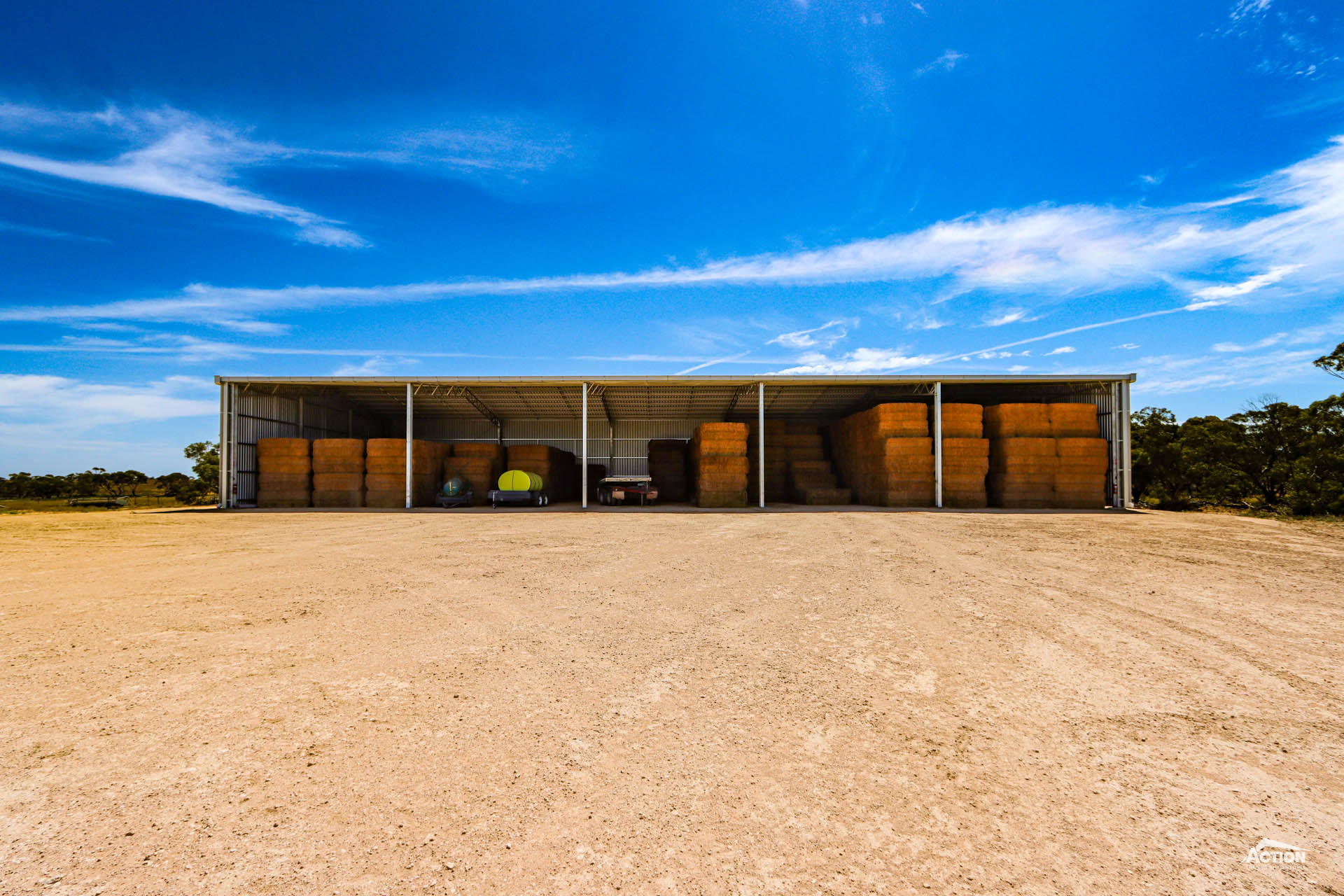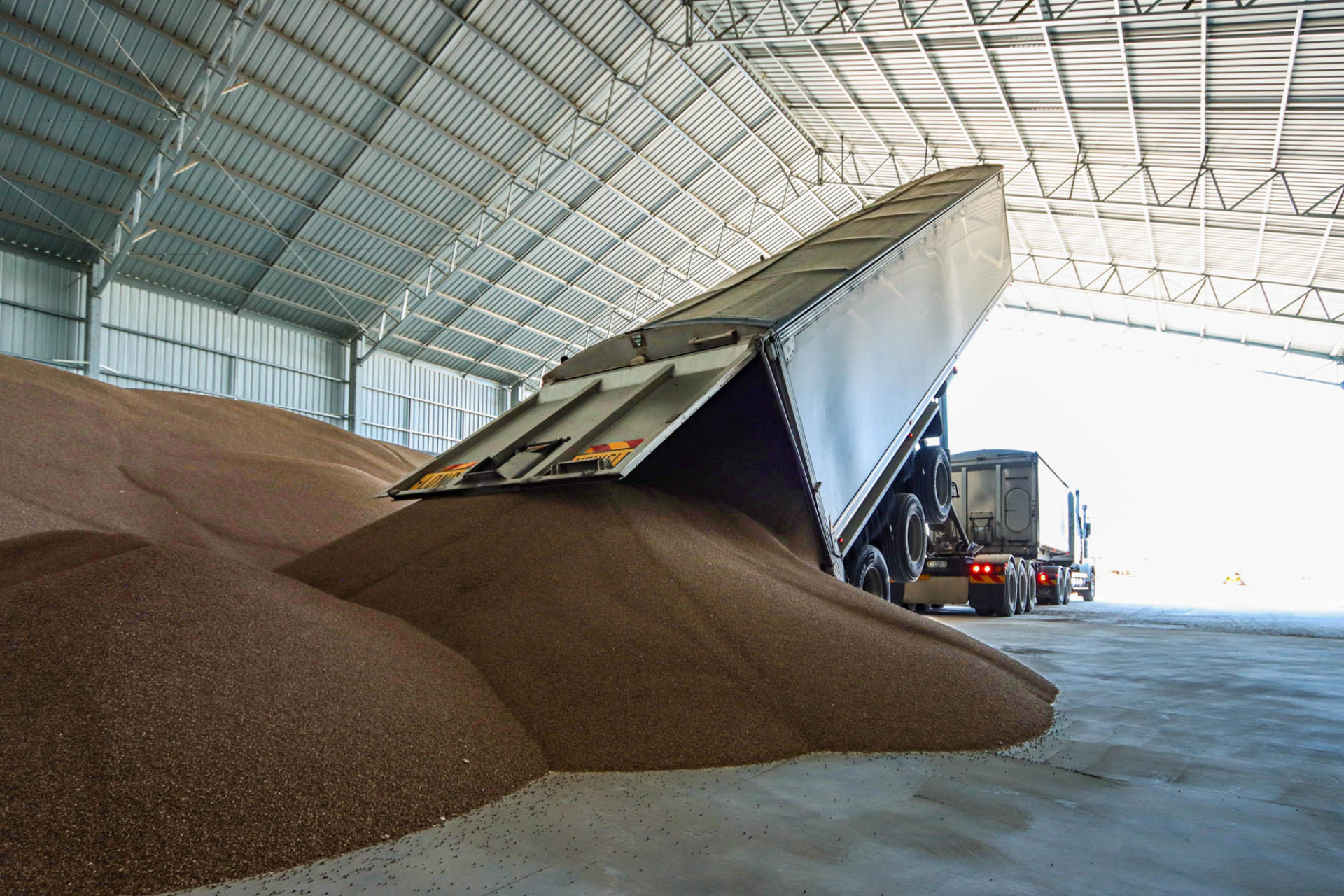Farm shed lighting is an important consideration, particularly for creating safe working conditions in chemical sheds and shearing sheds.
Lighting is also important in large storage sheds where there is inadequate natural light.
Shed lighting also allows sheds such as workshops to be safely used in low light or at night. This can prove beneficial during seeding or at harvest, allowing you to check machinery at night and keep things running.
Having hi-bay lights in sheds such as yard covers also gives you greater flexibility on when you complete tasks and helps you get the most out of your investment.
In this article we discuss three farm shed lighting options, including:
1. Installing Hi-Bay Lights
2. Incorporating Skylights
3. Maximising Natural Light With Configuration & Orientation
We hope this is a helpful article for you! First up is hi-bay lights.
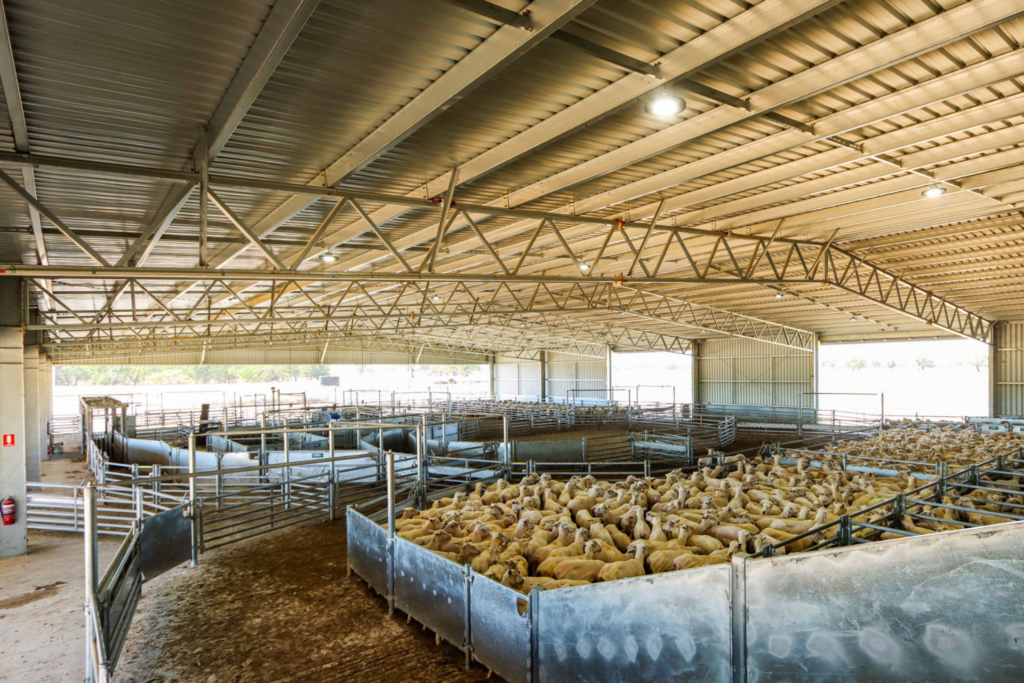
1. Installing Hi-Bay Lights
Installing hi-bay lights in an Action shed is very straightforward with the open web truss construction allowing hi-bay lights to be easily installed and suspended from the trusses.
Hi-bay lights are a must have inclusion for shed projects such as machinery workshops and shearing sheds. For example, it is recommended to install hi-bay lights over the board area.
Hi-bay lights have also been used effectively in covered yard projects. This is particularly beneficial for tasks where good lighting is required such as wool classing. In this case, hi-bay lights are much more reliable than natural light.
The best farm shed lighting options for your project will depend on your operational requirements.
For example, you may find that a combination of hi-bay lights and skylights works well. This combination allows you to take advantage of the available natural light where possible and practical and save on power costs. The hi-bay lights can then be used as required.
Another popular application for hi-bay lights is installed on cantilevered canopies. This ensures the shed can be safely accessed at night or can provide an undercover working area at night.
These are just some of the ways hi-bay lights can be used as a farm shed lighting option. Click through the gallery for more inspiration.
Hi-Bay Lights In Farm Sheds (Gallery)
2. Incorporating Skylights
Incorporating skylights in your farm shed can be a no–brainer, and there are many ways you can do it.
Firstly, skylights can be installed as the main source of light in the shed. This is popular for both enclosed machinery sheds and open-front machinery sheds where there is no power to the shed.
Options for this include skylights installed in each bay or alternating bays. Skylights could also be installed on just one side of the roof. For example, at the back of an open front shed.
The best placement for skylights will depend on factors like the size of your shed, the configuration of your shed and the orientation of your shed. There may also be infrastructure or trees nearby that will impact the effectiveness of natural light.
A second option to consider is installing skylights in the walls or gables of your shed.
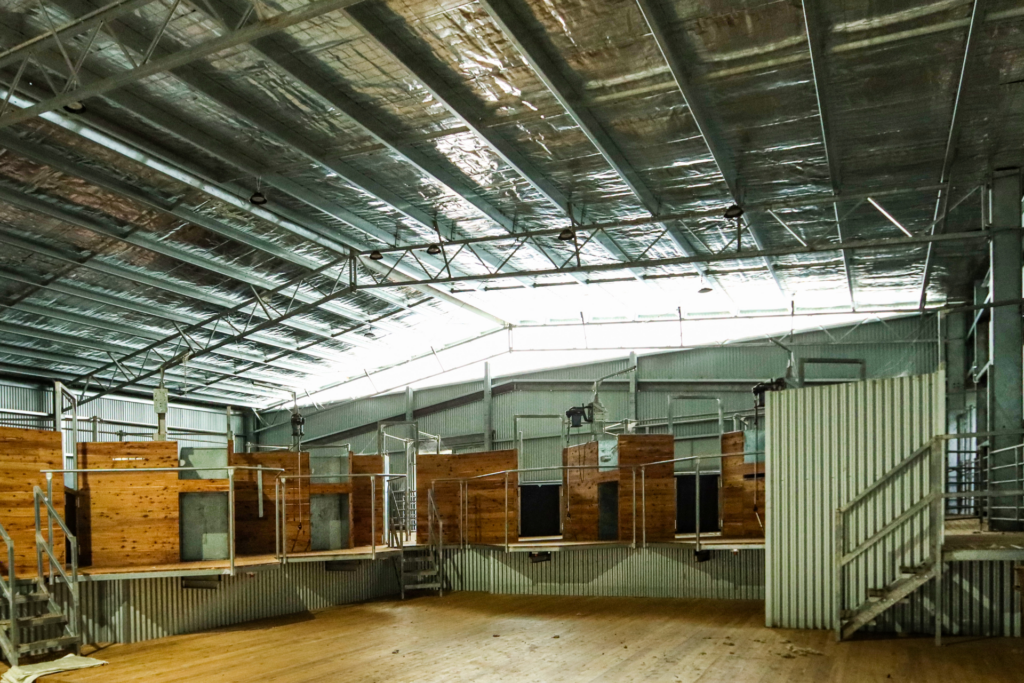
This is commonly done in shearing sheds where a combination of skylights and hi-bay lights are used to light the grating area, wool handling areas and adjoining covered yards.
Using skylights as gable infills is becoming popular for sheep yard covers and cattle yard covers as it helps provide shelter from the prevailing weather while also letting in natural light through the cover.
Skylights have also been effectively used in the walls of large machinery sheds and produce storage sheds. While skylights in the roof provide the most light, installing clear sheets in the wall helps limit glare.
One of the reasons skylights are popular in machinery sheds is that skylights can block up to 99% of UV, helping to stop machinery paintwork fading while still allowing natural light in.
Skylight Options
It is worth noting that the skylight product used in Action shed projects is a high-quality product that doesn’t go brittle over time.
There are several skylight products available including ‘ice clear’ and ‘opal.’ We generally use ‘opal’ as it diffuses the light well, meaning that it limits the glare. This also means that no shadows are cast under yard covers and in shearing sheds, so it won’t affect the flow of sheep through these sheds. We would also recommend using this product in horse arena covers for this reason.
Skylights In Farm Sheds (Gallery)
For more ideas on how to use skylights as a farm shed lighting option, check out the gallery below.
Remember, both hi-bay lights and skylights have benefits and the best option (which might be a combination) will often depend on how you plan to use your shed. I.e. will the shed be used for detailed tasks such as maintenance or do you simply need to be able to easily locate your machinery in the shed?
3. Maximising Natural Light With Configuration & Orientation
The third option we discuss in this article in a farm shed lighting product but a shed design configuration.
Both the orientation and the configuration of your shed will influence the amount of natural light in your shed.
If you are looking to take advantage of natural light as much as possible, there are several ways you can do it.
Firstly, open-front or open-gable end shed configurations can provide good natural light through the shed. These are primarily used for hay sheds and machinery storage.
If you are building a fully enclosed shed, installing wide sliding door systems is a way to let light into your shed – and provide good access too!
A roof-only configuration is an option for covered yards, depending on the direction of the prevailing weather, we would also usually recommend installing gable infills or partially clad walls too.
The orientation of your shed will also influence how much light comes into your shed during the day. For example, having a shed open to the south will mean that you get very little sunlight in your shed.
You can learn more about farm shed orientation here.
It is also a good idea to consider the location of your shed and whether any nearby infrastructure will block out natural light.
View the gallery below to view different farm shed configurations – you will notice many of these projects also use skylights or hi-bay lights for lighting – or both.
Farm Shed Configurations (Gallery)
That’s a wrap of three farm shed lighting options. For more information or alternative farm shed lighting options talk to our team on 1800 687 888.
You might also find these articles helpful:
- 27 Metre Span Sheep Yard Cover For Wallaloo Park
- Can I Cover My Existing Sheep Yards?
- 6 Chemical Shed Projects To Inspire Yours
- Raised Board Shearing Sheds: Pros, Cons & Prices
For more articles and resources, browse the Learning Hub.
Or for a price for your farm shed project, simply submit a Request A Quote form.

